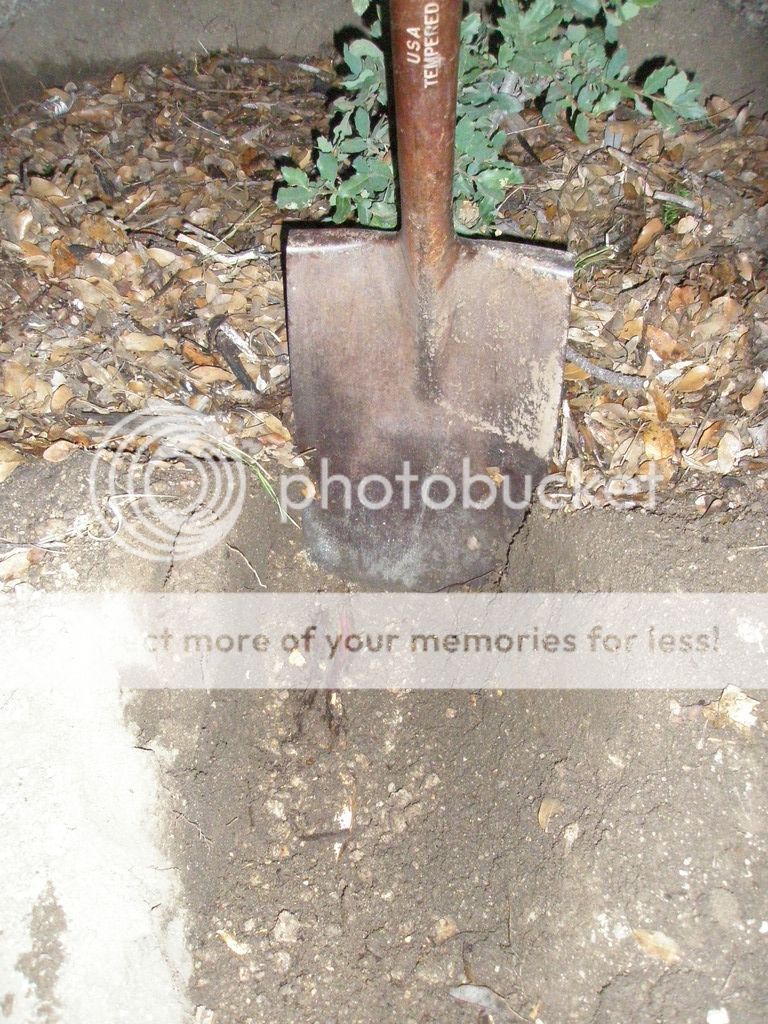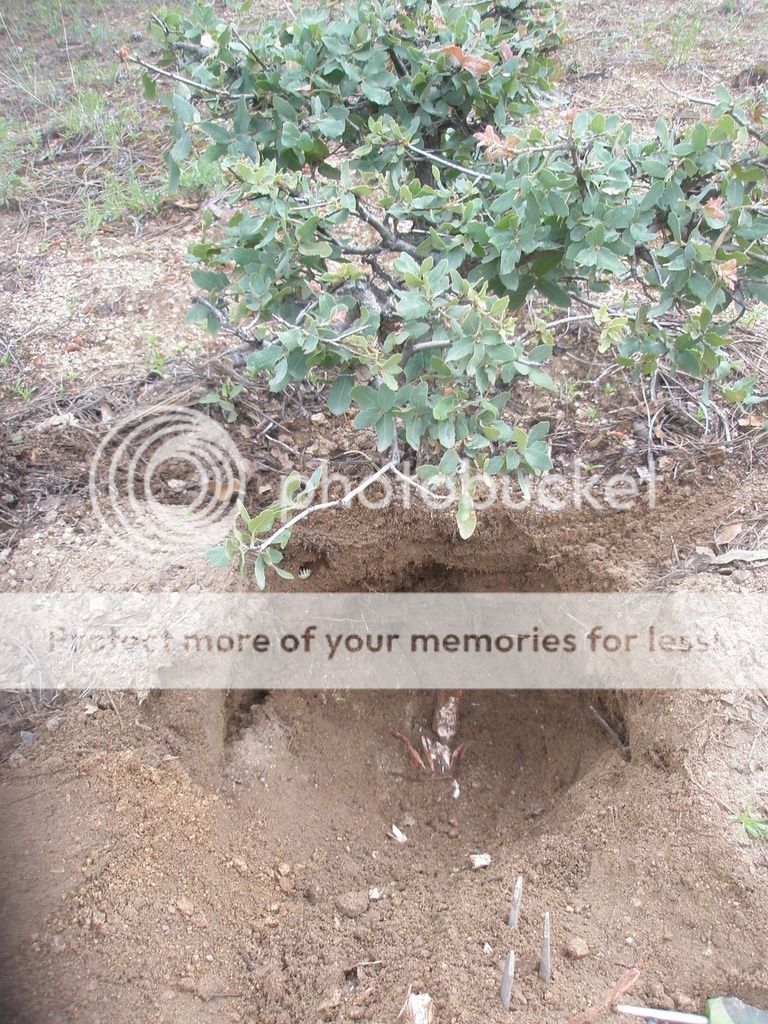Dorky_gearhead
Shohin
I found a location that has a very large amount of oak trees ranging from seedlings to mature trees.
I have a few saplings picked out that I'm considering transplanting when the leaves fall off.
My question is this, if I plunge a shouvle around the trunk (about 18 inches from the trunk) to sever the lateral roots will that promote a more dense root ball?
Also, could this method be used on the tap root?
My idea is it would prep the tree for removal at a later time.
Do I have a decent idea, or am Imissing something important?
Thanks in advance, Casey
I have a few saplings picked out that I'm considering transplanting when the leaves fall off.
My question is this, if I plunge a shouvle around the trunk (about 18 inches from the trunk) to sever the lateral roots will that promote a more dense root ball?
Also, could this method be used on the tap root?
My idea is it would prep the tree for removal at a later time.
Do I have a decent idea, or am Imissing something important?
Thanks in advance, Casey



